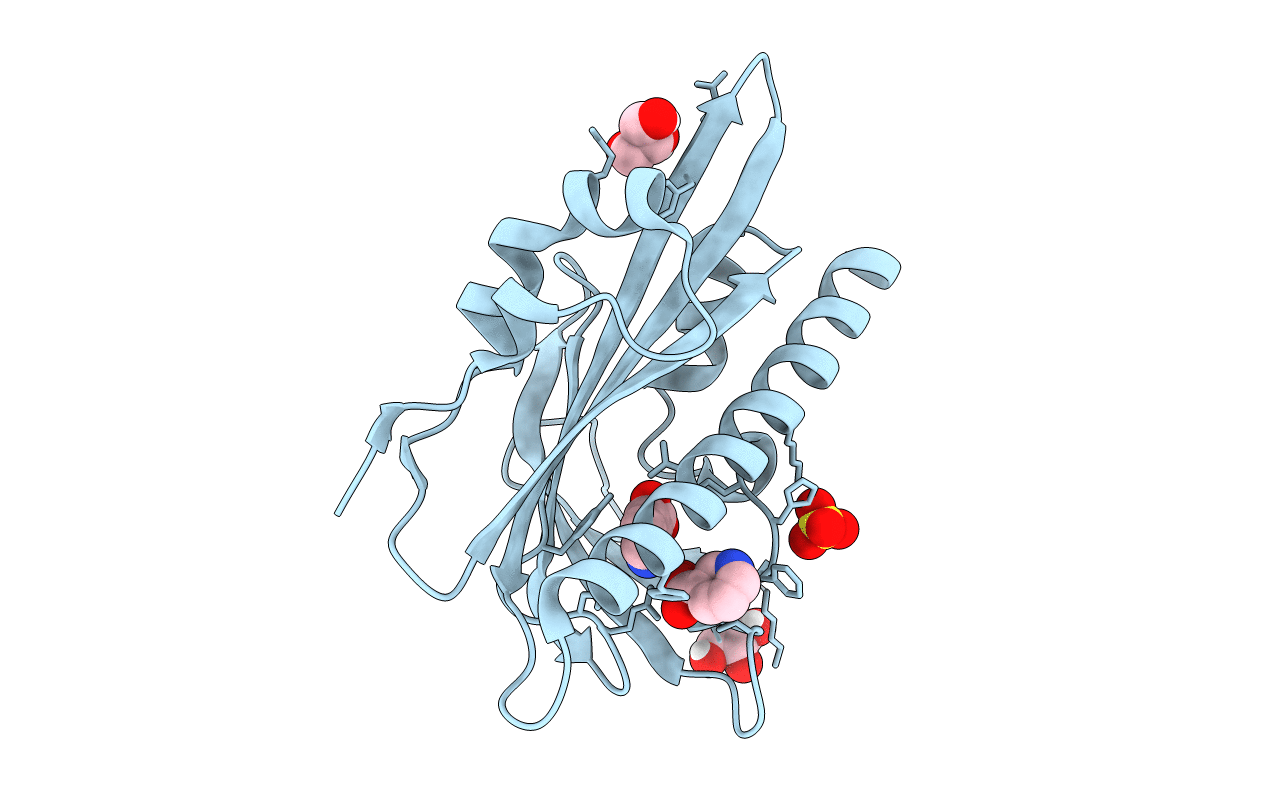
Deposition Date
2022-02-25
Release Date
2022-07-13
Last Version Date
2024-01-31
Entry Detail
PDB ID:
7Z1Q
Keywords:
Title:
X-ray crystal structure of SLPYL1-E151D mutant with NIO molecules
Biological Source:
Source Organism:
Solanum lycopersicum (Taxon ID: 4081)
Host Organism:
Method Details:
Experimental Method:
Resolution:
1.68 Å
R-Value Free:
0.22
R-Value Work:
0.19
R-Value Observed:
0.20
Space Group:
P 32 2 1


